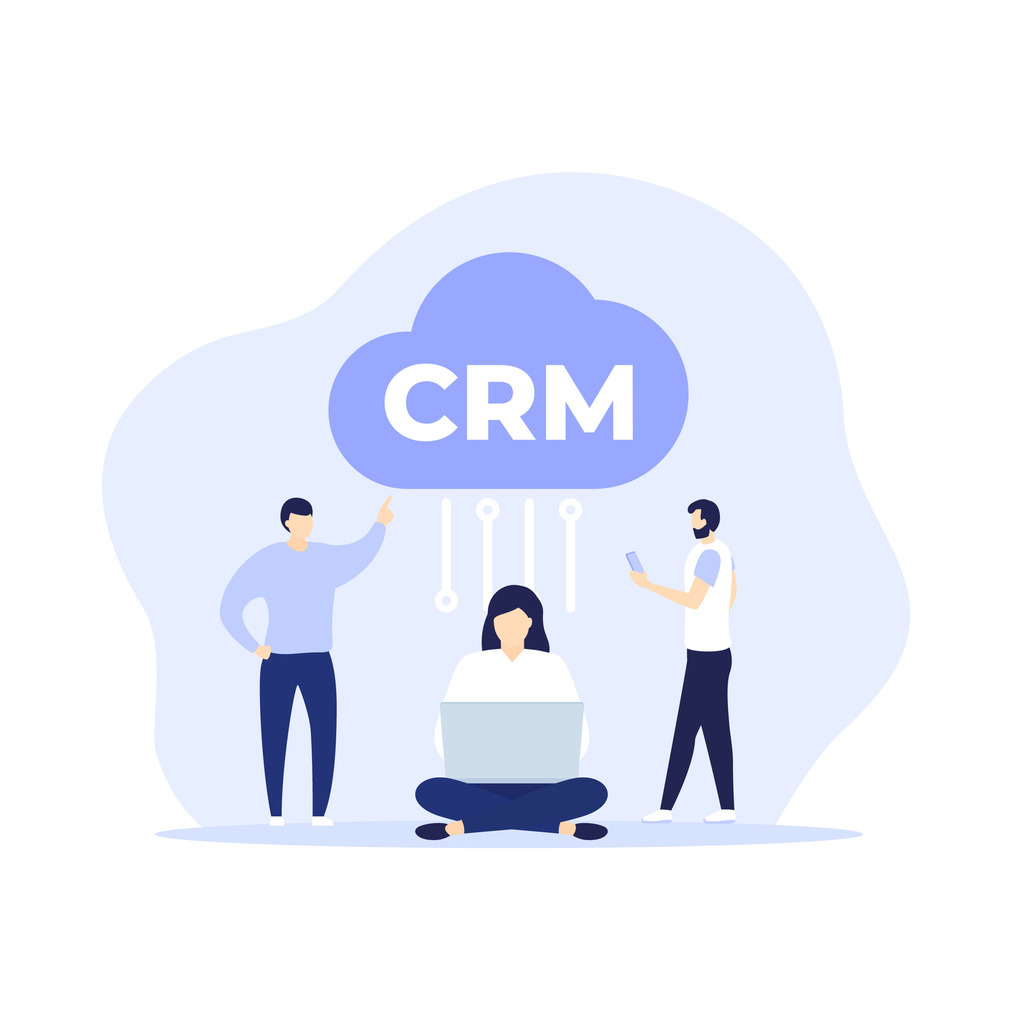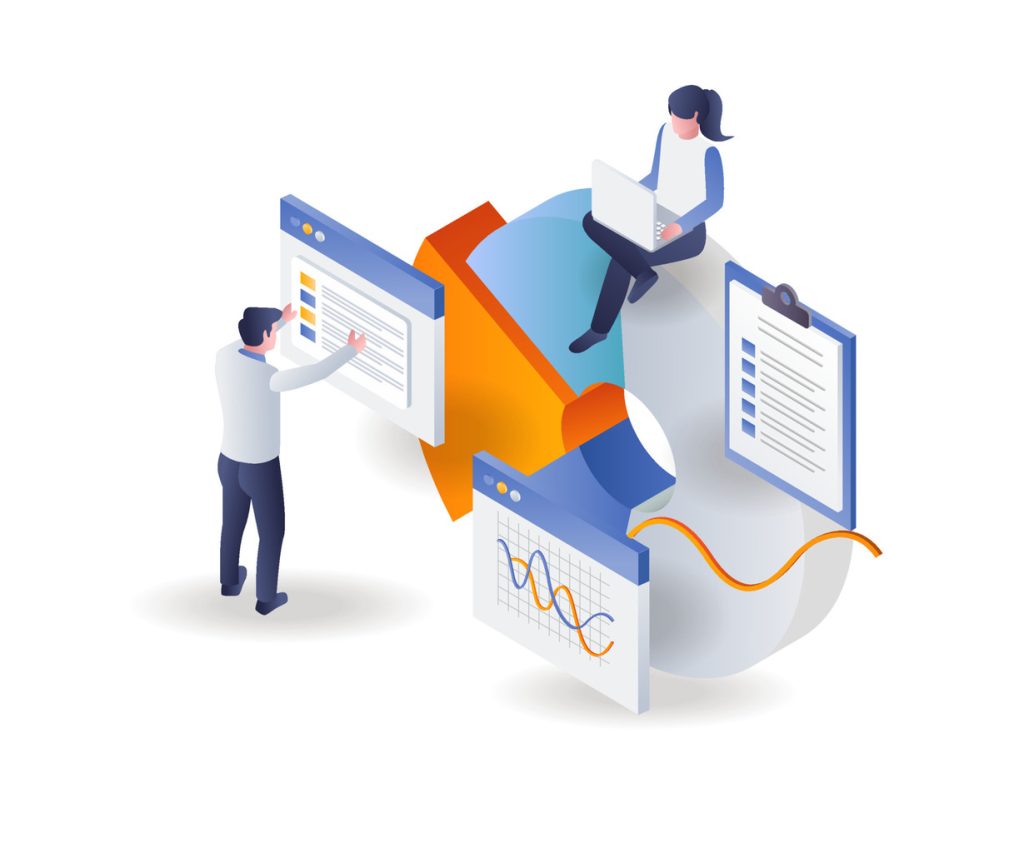Streamline Processes with Intelligent Forms With Conditional Logic

Traditional forms often frustrate users with rigid structures and irrelevant questions. Modern solutions eliminate this friction by adapting to individual needs in real time. These dynamic tools automatically adjust fields, simplify navigation, and personalize pathways based on user input.
Businesses need efficient data collection methods that balance thoroughness with user convenience. Advanced systems achieve this by hiding unnecessary fields, modifying options dynamically, and triggering automated actions. This approach reduces clutter while maintaining data quality.
Companies using adaptive form technology report measurable improvements. Completion rates rise as users engage with shorter, more relevant questionnaires. Operational efficiency grows through automated workflows that route data instantly to appropriate teams.
Modern platforms enable non-technical teams to build sophisticated systems without coding. Drag-and-drop interfaces and visual rule builders simplify complex workflow creation. This accessibility accelerates implementation while reducing IT dependencies.
Key Takeaways
- Dynamic forms adapt to user inputs in real time, improving engagement
- Simplified interfaces increase completion rates by up to 40%
- Automated workflows reduce manual data processing by 60%
- No-code builders empower teams to create custom solutions quickly
- Personalized experiences strengthen customer relationships
Introduction to Intelligent Forms and Conditional Logic
Outdated data collection methods create friction by asking unnecessary questions. Modern solutions address this challenge through responsive designs that adjust based on user interactions. These systems eliminate clutter while maintaining thorough data capture.
Core Principles of Responsive Forms
Conditional logic acts as a decision engine within digital questionnaires. When a user selects “Small Business” in a dropdown, related fields about company size appear automatically. This approach reduces completion time by 35% compared to static layouts.
| Feature | Traditional Forms | Smart Forms |
|---|---|---|
| Field Count | 25-40 fields | 8-12 active fields |
| Completion Rate | 42% average | 67% average |
| Error Frequency | 1 per 7 submissions | 1 per 22 submissions |
From Static Pages to Dynamic Systems
Early web questionnaires functioned like paper forms transferred online. Today’s platforms use decision trees that adapt to user behavior. A healthcare provider reduced form abandonment by 58% after implementing field-specific logic that skips irrelevant medical history questions.
Modern tools enable automatic routing of sensitive data to secure databases. Financial institutions using these systems report 40% faster loan application processing through real-time eligibility checks.
How Intelligent Forms With Conditional Logic Works

Digital interactions now demand personalized approaches that respect users’ time. Adaptive systems achieve this by analyzing inputs instantly and modifying their structure. This method transforms static questionnaires into conversational interfaces that guide respondents through relevant queries.
Responsive Design Driven by Actions
Every selection made in these systems triggers immediate adjustments. If someone chooses “Freelancer” as their employment status, fields about corporate benefits disappear automatically. This responsive design reduces completion time by 29% compared to fixed layouts.
Advanced algorithms evaluate multiple data points simultaneously. They cross-reference entries to eliminate redundant questions while maintaining data integrity. Users experience tailored pathways that feel intuitive rather than interrogative.
Instant Interface Modifications
Modern platforms update field options as users type. A city selection menu might display matching locations after three characters are entered. Real-time validation checks flag formatting errors before submission.
- Visibility rules hide unrelated questions based on previous answers
- Dynamic calculators adjust totals as users input numerical data
- Automatic page progression eliminates manual navigation steps
These instant modifications create fluid experiences that maintain user momentum. Businesses benefit from cleaner datasets as the system prevents irrelevant or conflicting responses.
Key Features of Our Conditional Logic Form Builder
Modern data collection requires precision and adaptability. Professional-grade tools now offer robust functionality that transforms static questionnaires into interactive experiences. These solutions help businesses gather critical information while maintaining user engagement.
Smart Field Visibility Controls
The form builder allows instant adjustments to field displays based on user choices. When someone selects “Monthly Subscription,” payment date fields appear automatically. This show/hide approach reduces visual clutter by 60% compared to traditional layouts.
Advanced systems support multi-layered rules for complex scenarios. A university admission form might reveal scholarship questions only when applicants meet GPA thresholds. These dynamic interactions prevent decision fatigue while ensuring complete data capture.
Real-Time Data Processing
Sophisticated calculation engines update values as users input information. Pricing estimators automatically adjust totals when customers select service tiers. Dynamic calculations eliminate manual recalculations and reduce errors by 45% in financial forms.
Marketing teams use these tools to create personalized lead magnets. A downloadable resource form might display different content offers based on industry selections. This strategic field management increases conversion rates by tailoring options to individual needs.
Key capabilities include:
- Instant validation for email formats and numerical ranges
- Automatic currency conversions in international order forms
- Conditional thank-you messages based on user responses
Dynamic Form Field Management and Custom Actions

Modern organizations require data tools that adapt to user needs while automating critical workflows. Advanced systems now enable real-time adjustments to field displays and post-submission processes, creating seamless experiences for both businesses and respondents.
Personalized Routing and Email Triggers
Sophisticated platforms automatically route submissions to specific teams based on predefined rules. When a customer selects “Technical Support” in a contact form, the ticket instantly appears in the IT department’s queue. This targeted routing reduces response times by 52% compared to manual sorting.
| Process | Standard Systems | Dynamic Systems |
|---|---|---|
| Lead Assignment | Manual sorting (4-6 hours) | Instant routing ( |
| Email Responses | Generic templates | Personalized sequences |
| Data Processing | 24-hour delay | Real-time updates |
Automated email triggers deliver customized messages based on user behavior. A pricing calculator might send tailored service recommendations after analyzing budget inputs. These action-based communications achieve 38% higher open rates than bulk campaigns.
Key capabilities include:
- Multi-channel alerts for urgent submissions
- Automatic CRM updates when forms are completed
- Custom success pages showing relevant next steps
Enterprise users report 61% faster lead processing through intelligent workflows that sync form responses with marketing automation tools. This strategic approach turns basic data collection into active business drivers.
Enhancing User Experience and Personalization
Digital interactions thrive when tools respect individual preferences. Adaptive systems now transform generic questionnaires into focused conversations, guiding users through essential queries while eliminating distractions.
Reducing Form Fatigue for Better Completion Rates
Lengthy forms lose 27% of potential respondents. Dynamic systems combat this by displaying only necessary fields. A travel booking platform increased submissions by 33% after implementing logic that hides visa-related questions for domestic trips.
Progressive disclosure techniques maintain momentum by revealing details contextually. Users see payment options only after selecting a service tier, reducing cognitive overload. This strategy cuts average completion time by 19%.
Creating Tailored Interactions for Diverse Users
Effective systems address varying needs without customization headaches. Educational institutions use rule-based designs to show scholarship applications only to eligible students. Healthcare providers display symptom checklists based on initial patient inputs.
Key benefits include:
- 47% higher satisfaction scores from personalized pathways
- 22% faster data processing through cleaner submissions
- 31% conversion lift in lead generation campaigns
Financial service providers report improved client trust when forms automatically adjust to different investor profiles. These tailored experiences demonstrate attentiveness while gathering precise data.
Integration with WordPress and Popular Platforms

Modern businesses need data collection tools that integrate smoothly with their existing systems. Professional-grade solutions connect directly to WordPress websites and other platforms, eliminating data silos. This seamless connectivity allows teams to leverage current infrastructure while enhancing form capabilities.
Seamless Plugin Compatibility
Advanced builders work effortlessly with essential business tools. Payment processors sync with order forms, while CRM integrations automatically update customer records. WordPress form plugins reduce manual work by connecting to email services and project management platforms.
Marketing teams benefit from instant lead routing to automation tools. Sales departments see real-time updates in client databases. These connections turn basic forms into central hubs for business operations.
Extending Functionality with Add-Ons
Comprehensive add-on libraries expand core features without coding. Multi-step forms guide users through complex processes, while date pickers ensure accurate scheduling. Conditional logic integrations enable dynamic surveys that adapt to respondent answers.
Key extensions include:
- API connections for custom software integrations
- Automated data encryption for compliance needs
- Multi-language support for global audiences
Robust APIs allow enterprises to scale functionality as needs grow. This flexibility helps organizations maintain consistent workflows across all digital touchpoints.
Customizable Design and Conditional Pricing Rules

Businesses demand tools that reflect their brand identity while handling complex transactions. Modern solutions combine visual flexibility with smart calculation engines, creating seamless experiences for users and administrators.
Visual Editors for a Branded Look
Professional-grade editors enable drag-and-drop customization of layouts, colors, and fonts. Teams can match corporate branding precisely without coding expertise. Color pickers and font selectors ensure visual consistency across web properties and marketing materials.
Multimedia integration options allow embedding videos and product images directly into questionnaires. A retail company increased form conversions by 28% after adding size charts and style guides to product order pages.
- Responsive templates adapt to mobile screens and desktop displays
- Custom CSS fields enable advanced design modifications
- Brand asset libraries streamline logo and color scheme implementation
Automated Calculations and Dynamic Pricing
Sophisticated systems automatically adjust totals based on user selections. Service providers implement tiered pricing that updates in real time when customers choose package options. Dynamic calculation engines reduce manual errors by 53% in tax-inclusive forms.
Conditional rules trigger discounts for bulk orders or seasonal promotions. An event planner reduced pricing inquiries by 71% using automated venue cost estimators that factor in attendance numbers and date availability.
- Real-time currency conversion for international transactions
- Automatic tax calculations based on geographic data
- Discount triggers for referral codes or loyalty programs
Real-World Applications: Boosting Conversions and Efficiency

Businesses across industries achieve measurable results by implementing adaptive data collection systems. These tools transform generic questionnaires into strategic assets that drive engagement and operational improvements.
Case Studies and Success Stories
A beauty brand created a viral skincare quiz using conditional logic forms, attracting 1.2 million participants. The interactive experience increased email sign-ups by 73% compared to static lead capture pages. Users received personalized product recommendations based on their responses.
| Industry | Implementation | Results |
|---|---|---|
| E-commerce | Product configurator | 28% higher average order value |
| Healthcare | Patient intake forms | 41% faster processing time |
| Education | Course enrollment | 55% reduction in incomplete applications |
Streamlined Data Collection for Better Insights
Service companies use dynamic forms to qualify leads effectively. A marketing agency reduced unqualified submissions by 66% using branching questions that filter prospects based on budget and timeline.
Healthcare providers report 39% fewer data entry errors through real-time validation in patient history forms. Automated routing ensures sensitive information reaches the correct department within seconds of submission.
- Financial institutions cut loan approval time from 5 days to 8 hours
- Event planners increased exhibitor sign-ups by 47% with conditional pricing displays
- Nonprofits boosted donor retention using personalized follow-up sequences
Intelligent Forms With Conditional Logic: Optimize Your Workflow
Strategic data collection drives operational success in competitive markets. Advanced systems transform static questionnaires into conversion engines by displaying only essential fields. This focused approach maintains user momentum while capturing high-value insights.
Boosting Engagement Through Responsive Design
Businesses achieve 34% higher conversion rates by hiding irrelevant fields until needed. Logic forms automatically adjust questions based on user profiles, creating frictionless experiences. A travel agency increased bookings by 41% after implementing dynamic itineraries that show options based on traveler preferences.
Key strategies include:
- Tailoring fields based user roles or purchase history
- Triggering special offers when customers hesitate
- Simplifying complex processes through step-by-step guidance
Companies using conditional rules report 29% faster sales cycles. Real-time adjustments prevent decision fatigue while ensuring complete data capture. These solutions turn basic interactions into personalized journeys that build trust and drive action.

